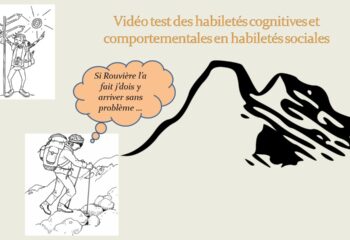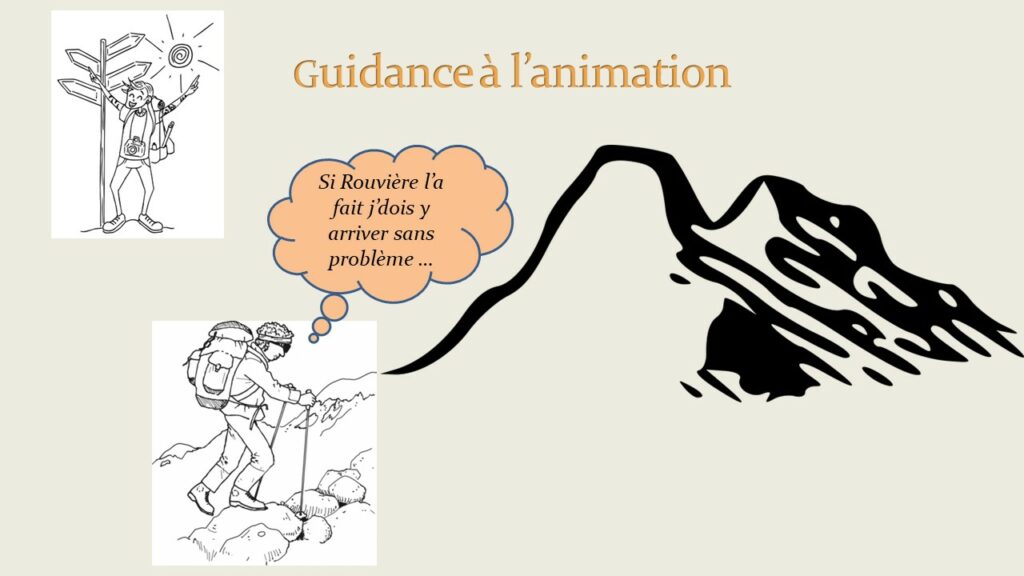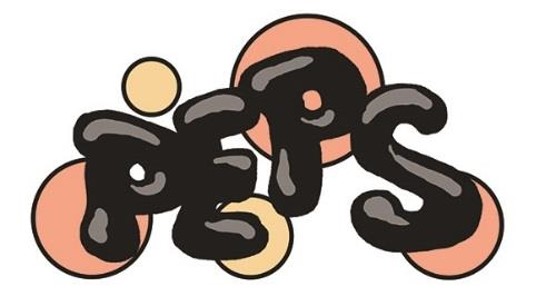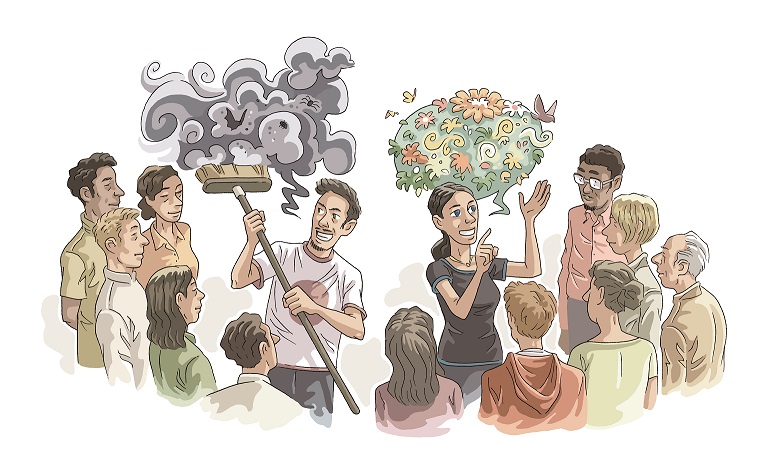
La letteratura più recente ha distinto i sintomi negativi associati alla ridotta capacità di esperienza (apatia, anedonia) da quelli associati alla ridotta capacità di espressione (affettività ridotta, alogia). La sindrome dell’apatia e dell’anedonia tende ad essere associata ad una prognosi meno buona rispetto a quella associata a una ridotta espressione, suggerendo che questo costituisca un aspetto più grave della psicopatologia. Questa sindrome è anche associata alla durata della psicosi non trattata, ad una storia familiare di schizofrenia e allo status professionale al momento del primo episodio psicotico. La distinzione tra queste due sindromi, esperienza ridotta ed espressione ridotta, probabilmente consente un approccio più specifico al problema.
Il programma Emozioni Positive per la Schizofrenia (PEPS) è un intervento di gruppo che cerca di ridurre l’anedonia e l’apatia aumentando il controllo cognitivo delle emozioni positive. È un programma che si sviluppa in 8 sessioni della durata di circa un’ora, gestito attraverso l’utilizzo di materiale multimediale (visivo e sonoro) presentato in file PowerPoint proiettati su uno schermo. I gruppi sono composti da un numero di partecipanti compreso tra 5 e 10. Ciascuna sessione inizia con un benvenuto e un esercizio di rilassamento o meditazione. Dalla seconda sessione, i facilitatori riesaminano il compito assegnato per casa alla fine della sessione precedente. La sessione continua con la messa in discussione di una convinzione disfattistica/autosvalutativa, quindi con l’apprendimento di un’abilità per migliorare l’anticipazione, il mantenimento, l’aumento o la razionalizzazione delle emozioni positive. La sessione termina con la prescrizione di un’attività da completare a casa per la sessione successiva. Le abilità insegnate sono: assaporare l’esperienza piacevole, esprimere le emozioni in maniera comportamentale, capitalizzare i momenti positivi e anticipare i momenti piacevoli.
La formazione alla conduzione del programma PEPS si chiama ForPEPS e consente di ampliare le proprie abilità di insegnamento e di sviluppare un approccio collaborativo.
Traduzione italiana: Giovanni Soro
Informazioni su PEPS
Nguyen A, Frobert L, McCluskey I, Golay P, Bonsack C, Favrod J: Development of the Positive Emotions Program for Schizophrenia: An Intervention to Improve Pleasure and Motivation in Schizophrenia. Front Psychiatry 2016;7:13.
Favrod J, Nguyen A, Fankhauser C, Ismailaj A, Hasler JD, Ringuet A, Rexhaj S, Bonsack C: Positive Emotions Program for Schizophrenia (PEPS): a pilot intervention to reduce anhedonia and apathy. BMC Psychiatry 2015;15:231.
Favrod J, Nguyen A, Chaix J, Pellet J, Frobert L, Fankhauser C, Ismailaj A, Brana A, Tamic G, Suter C, Rexhaj S, Golay P, Bonsack C: Improving Pleasure and Motivation in Schizophrenia: A Randomized Controlled Clinical Trial. Psychotherapy and Psychosomatics 2019:1-12.
Favrod J, Nguyen A, Tronche AM, Blanc O, Dubreucq J, Chereau-Boudet I, Capdevielle D, Llorca PM: Impact of Positive Emotion Regulation Training on Negative Symptoms and Social Functioning in Schizophrenia: A Field Test. Front Psychiatry 2019;10:532.
Strumenti di valutazione in italiano
Merlotti E, Mucci -a, Bucci P, Nardi A, Galderi S: Versione italiana della “Brief Negative Symptom Scale”. Journal of Psychopathology 2014;20:199-215.
Dollfus S, Delouche C, Hervochon C, Mach C, Bourgeois V, Rotharmel M, Trehout M, Vandevelde A, Guillin O, Morello R: Specificity and sensitivity of the Self-assessment of Negative Symptoms (SNS) in patients with schizophrenia. Schizophr Res 2019;211:51-55.
Auto-valutazione dei Sintomi Negativi è disponibile in italiano















